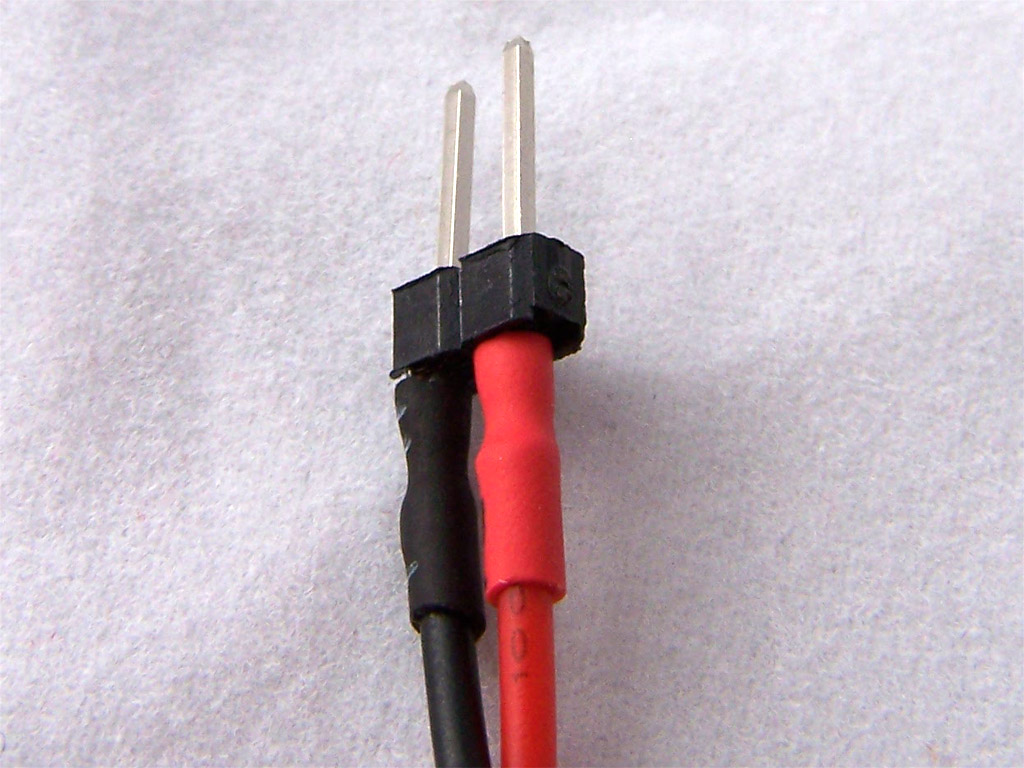This is the 1st of a 3 part series where I will describe how to build a basic ATmega8 circuit and program it with a simple program. This tutorial is ideal for first timers, so read on…
Breadboards usually have a break or two in the bus strips, so the first thing we will do is put jumpers on them, so you have connectivity through the whole strip. The exact position of these jumpers will depend on the model of breadboard you use, so use the continuity tester on your multimeter to determine where these jumpers should go. The breadboard we are using can be found here but any full size breadboard should work.

Next we will build a simple power supply. We will use a 9V battery then step the voltage down using an L7805 voltage regulator. The L7805 performs two function:
- Steps the voltage down from 9V to 5V
- Smooths out any unevenness in the power source
Since we are using a battery as a power source, we expect it to be pretty smooth, but you could just as easily use this circuit with a wall wort.
The wires on the 9V battery clip are multi-core so they are nice and supple, but unfortunately this makes it harder to insert into a breadboard. The solution is to cut off 2 pins from a header strip, then solder them to the wires. I finished mine off with some heat shrink tubing to make it a bit neater.
The next 3 photos show the power supply components being added to the breadboard.
All there is left to do is to plug it in and test it. The LED should come on (mine did, but it didn’t photograph well) and the voltage should read about 5V on your multimeter.
In ATmega8 Breadboard Circuit Part 2 we will add the microcontroller.















I think you should drive your LED with less current to preserve your 9V battery.
A 680R resistor would give the LED around ??mA which should be enough to make it sufficiently visible.
(VOLTAGEsuppy – VOLTAGEforward-drop-led)/5.5mA = +/-680R
Yeah, 150 ohm is a bit low.
[…] a battery 0.33 µF and 0.1 µF (ATMEGA8 BREADBOARD CIRCUIT – PART 1 OF 3 – POWER SUPPLY). To me these values seem a little on the low […]